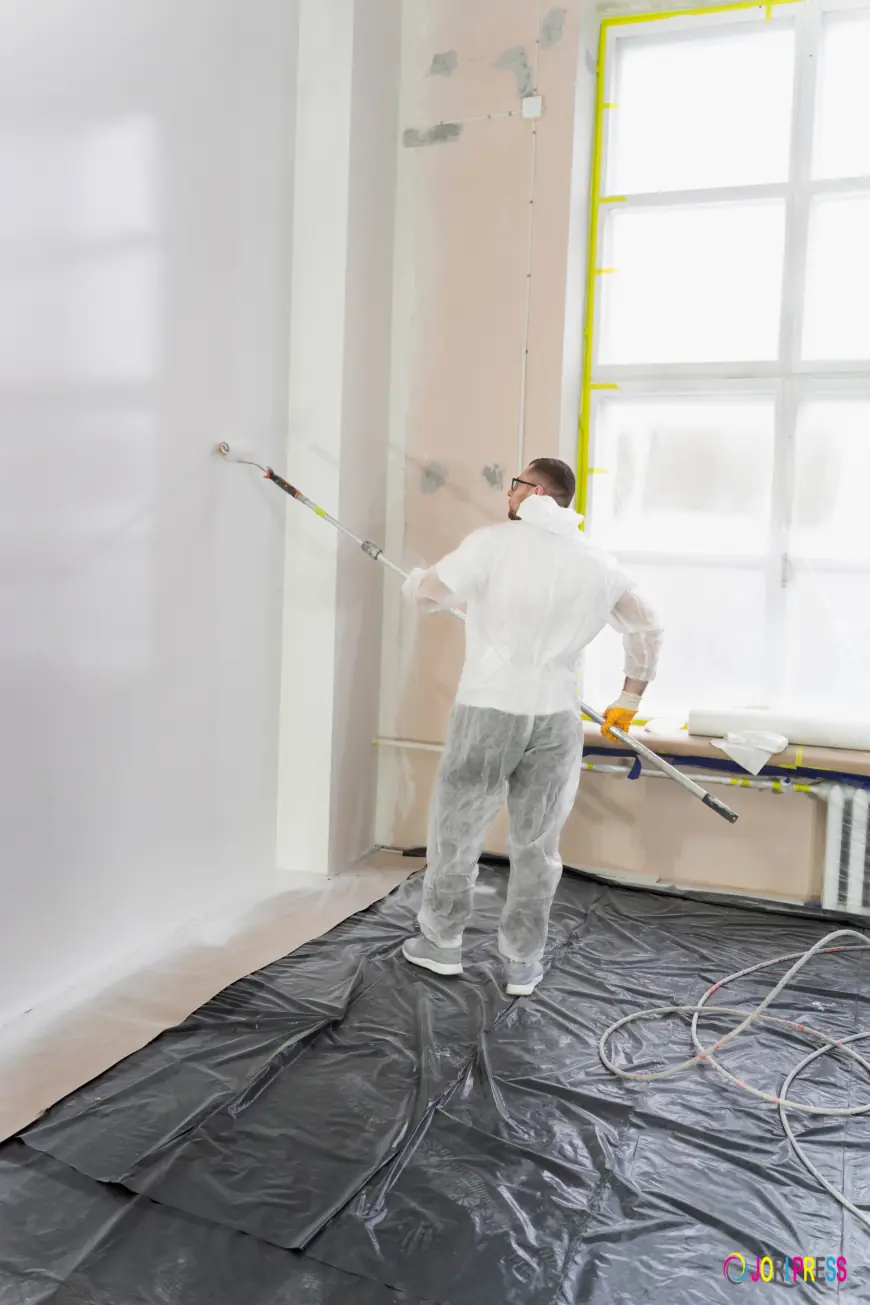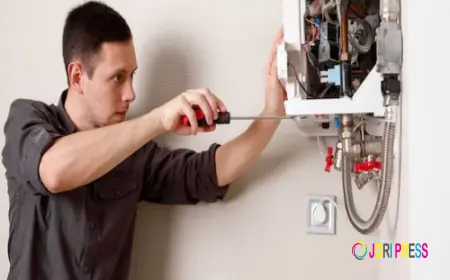Why Paint Primer for Walls is the Secret to a Flawless Finish

When you imagine a perfectly painted wall, you probably think about the color or sheen—but the true secret lies in the preparation. A paint primer for walls is an essential base coat that ensures your topcoat adheres properly, looks smooth, and lasts longer. Skipping primer may seem like a shortcut, but it often leads to uneven finishes, peeling paint, or visible stains.
In this guide, we’ll explore why using a paint primer for walls matters, how to choose the right one, and the proper way to apply it for long-lasting beauty and protection.
Understanding What Paint Primer for Walls Does
A primer acts as a bridge between the wall surface and the paint. It seals porous materials, hides imperfections, and provides a consistent surface for paint to cling to. Without it, even the best-quality paint might not deliver the look or durability you expect.
Here are the main functions of a paint primer for walls:
-
Improves Paint Adhesion – Primer creates a surface that grips the paint, preventing peeling and flaking.
-
Seals Porosity – Bare plaster, drywall, or concrete can absorb paint unevenly. Primer seals these pores for consistent results.
-
Enhances Color Accuracy – It prevents old paint or wall stains from affecting your final shade.
-
Boosts Durability – Primed walls resist damage and maintain their finish longer.
-
Prevents Stains and Mold – Specialized primers help block stains and protect against moisture.
When Should You Use Primer?
Many homeowners wonder if primer is always necessary. While not every repaint requires it, there are several situations where applying a paint primer for walls is a must:
-
New Construction Walls: Fresh plaster or drywall must always be primed.
-
Color Changes: When shifting from a dark color to a light one or vice versa, primer helps with coverage.
-
Stained or Dirty Surfaces: Primer locks in stains so they don’t bleed through.
-
Glossy Surfaces: Paint won’t stick well to glossy finishes unless they’re primed first.
-
Moisture-Prone Areas: Bathrooms, kitchens, and basements benefit from moisture-resistant primers.
Using primer in these cases ensures professional-looking, even-toned results that stand the test of time.
Different Types of Paint Primers for Walls
1. Water-Based Primers
Perfect for interior walls, these primers dry quickly and have low odor. They are ideal for drywall and previously painted surfaces.
2. Oil-Based Primers
These provide excellent coverage and stain-blocking ability. They work best on wood or surfaces prone to heavy wear.
3. Stain-Blocking Primers
Designed to cover tough marks from smoke, water, or ink, these primers are essential for repainting damaged or old walls.
4. Shellac-Based Primers
Known for their superior sealing power, shellac primers dry fast and are perfect for problem areas that need strong adhesion.
Each type of paint primer for walls has its own benefits, and choosing the right one depends on your surface condition and paint type.
Step-by-Step Guide: How to Apply Primer Properly
-
Clean the Wall: Remove dust, grease, or mildew before starting.
-
Repair Imperfections: Fill cracks or holes and sand the area smooth.
-
Stir the Primer: Mix well to ensure even consistency.
-
Apply Evenly: Use a brush for edges and corners, then roll on the primer in smooth, overlapping strokes.
-
Let It Dry: Allow it to dry completely (usually 2–6 hours) before painting.
-
Inspect the Surface: Check for any missed spots and apply a second coat if needed.
A properly applied primer guarantees that your paint looks uniform, adheres well, and lasts for years.
Key Benefits of Using Primer Before Painting
-
Saves Paint: Primer reduces paint absorption, helping you use less paint for full coverage.
-
Prevents Peeling: Stronger adhesion means fewer touch-ups over time.
-
Improves Finish: Primer ensures a consistent texture, making the final coat smoother and more polished.
-
Extends Paint Life: The protective barrier adds longevity to your paint job.
-
Enhances Durability: Helps the wall resist everyday wear and tear.
These benefits make primer a smart investment in both quality and longevity.
Expert Tips for Best Results
-
Match the Primer to the Paint Type: Water-based primer for latex paint and oil-based primer for enamel paint.
-
Tint the Primer: Tinting can help when painting with darker colors—it reduces the need for multiple coats.
-
Avoid Skipping Dry Time: Rushing to apply paint over wet primer can cause bubbles or peeling.
-
Choose High-Quality Tools: Good rollers and brushes make application smoother and prevent streaks.
-
Maintain Room Conditions: Apply primer in a well-ventilated area with moderate temperature and humidity.
By following these expert practices, you’ll achieve a professional-grade result that enhances your walls’ beauty and resilience.
Common Myths About Priming Walls
-
“Primer Isn’t Necessary for Repaints” – Even if the old paint seems fine, primer helps ensure better adhesion and color consistency.
-
“All Primers Are the Same” – Each primer is formulated for specific surfaces and purposes; using the wrong one can harm the finish.
-
“You Can Use Paint as Primer” – Regular paint lacks the sealing and bonding properties of primer. Always use a dedicated product for best results.
Understanding these misconceptions can help you make more informed choices for your next project.
Conclusion
A smooth, beautiful wall begins long before the first coat of color. Using a paint primer for walls creates a strong foundation that enhances your paint’s appearance, extends its life, and saves time and money in the long run. From sealing new surfaces to hiding stains and improving adhesion, primer plays a critical role in ensuring a professional-quality result.
So, before you open that paint can, remember—the real beauty of your walls starts with primer. For a superior range of high-performance primers and paints designed for lasting perfection, trust JK Maxx Paints.
What's Your Reaction?
 Like
0
Like
0
 Dislike
0
Dislike
0
 Love
0
Love
0
 Funny
0
Funny
0
 Angry
0
Angry
0
 Sad
0
Sad
0
 Wow
0
Wow
0














































